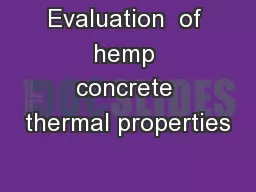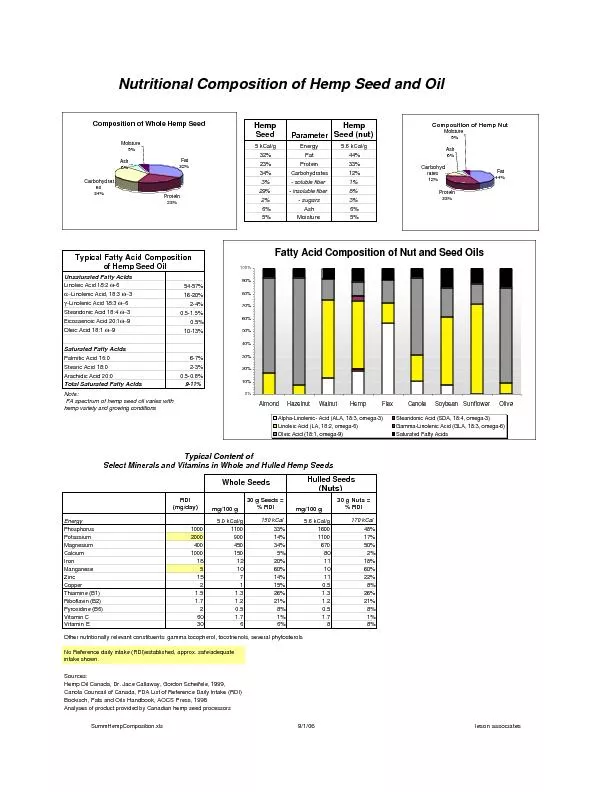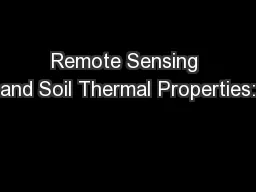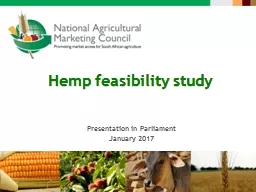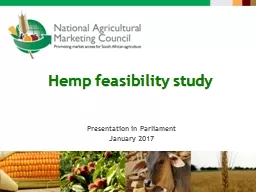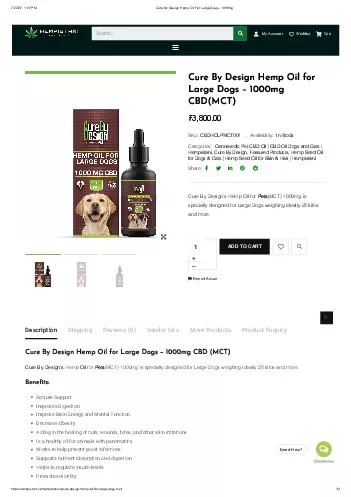PPT-Evaluation of hemp concrete thermal properties
Author : alexa-scheidler | Published Date : 2018-09-19
2016 IEEE Smart World Congress Workshop on Smart and Sustainable City July 18th 2016 Billy SENG Supervisors Camille MAGNIONT LMDC Sandra SPAGNOL PHASE Sylvie
Presentation Embed Code
Download Presentation
Download Presentation The PPT/PDF document "Evaluation of hemp concrete thermal pro..." is the property of its rightful owner. Permission is granted to download and print the materials on this website for personal, non-commercial use only, and to display it on your personal computer provided you do not modify the materials and that you retain all copyright notices contained in the materials. By downloading content from our website, you accept the terms of this agreement.
Evaluation of hemp concrete thermal properties: Transcript
Download Rules Of Document
"Evaluation of hemp concrete thermal properties"The content belongs to its owner. You may download and print it for personal use, without modification, and keep all copyright notices. By downloading, you agree to these terms.
Related Documents

